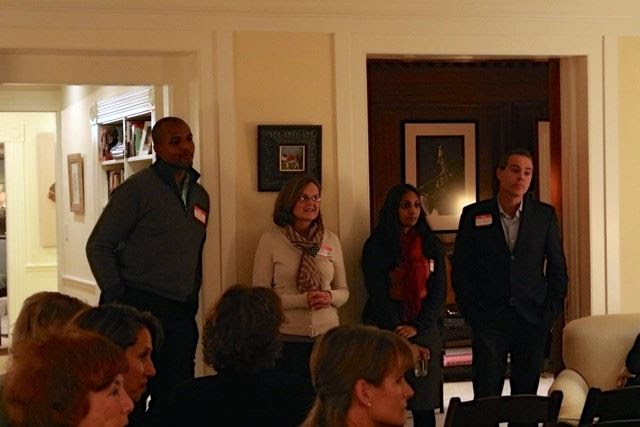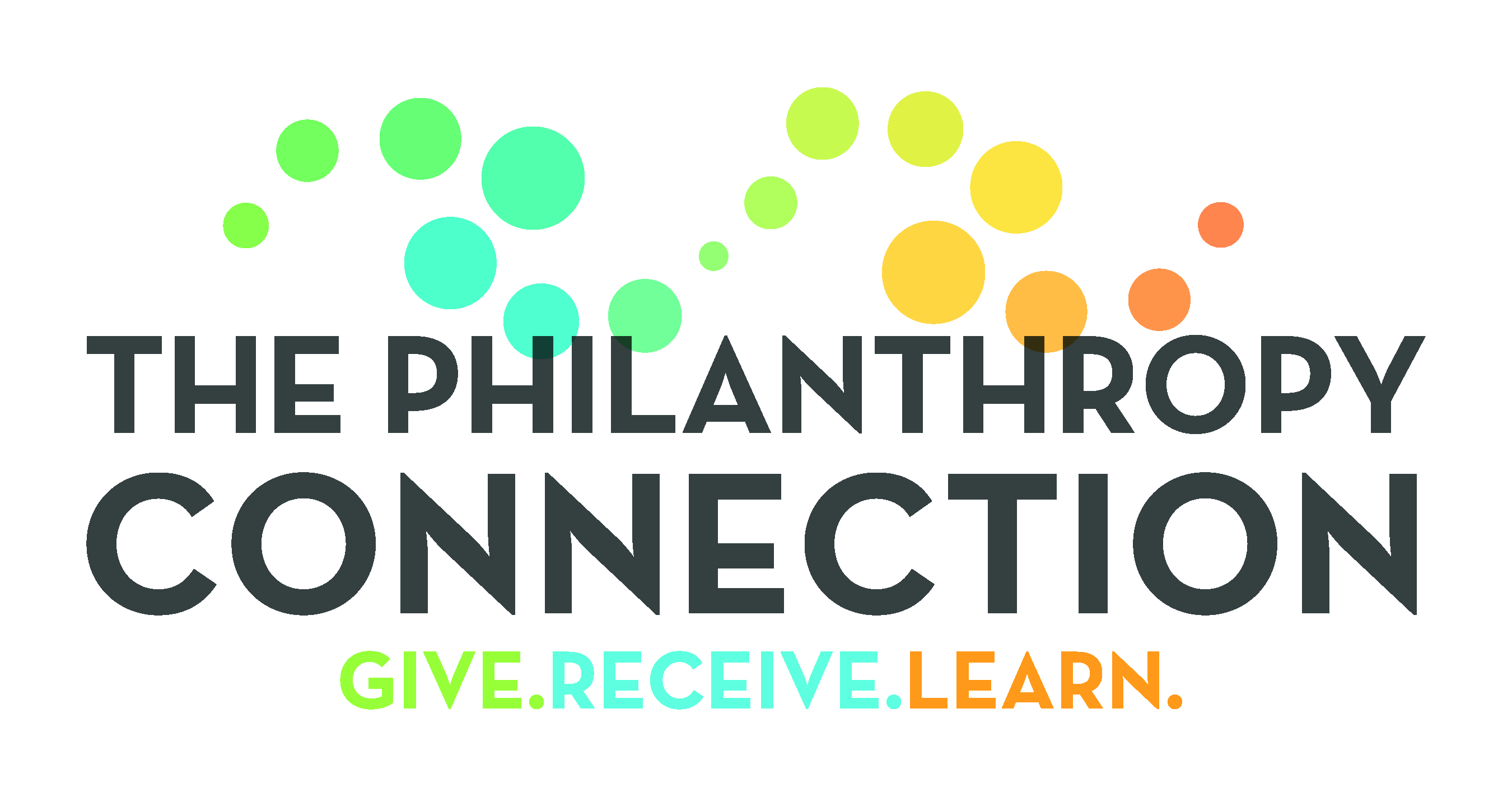At our first Philanthropy Dialogue of FY2015-16 on October 27th our members learned more about Boards from the perspective of the Executive Director. Here are a few key takeaways:

1. First and foremost, the most effective Board members have passion for the mission of the Board(s) in which they participate. That passion comes not just from the head, but through your eyes and from your heart as well. As a first step, consider volunteering at the organization. Really get to see at the ‘street’ level what the organization does, who they serve, and how they serve. The more you are passionate, the more time you will find for the mission and Board responsibilities.
2. If you do join a Board, or even an advisory committee, your stance should be ‘heads in, hands out’. ED’s want their Boards to push them to higher levels of achievement, and yes, the ED wants your opinions and strategic help, but not your micro management which leads to creating even more work for the ED and staff.
3. The best Board members are those that have both relationship and rapport. ED’s are not only looking for the best in a certain skill set, but also a person with whom they and the other Board members have rapport. Marquis Taylor of Coaching 4 Change used the analogy that the ‘best’ sport players may not be the best person for the team…as they aren’t team players.
4. All organizations do seem to evolve their Boards over time. Our grantee Boards often started around kitchen tables with friends, evolving to bringing on additional members, to often having to redefine and rework their Boards to create sustainable Boards. There was a range of governance sophistication, size of Boards, and also financial expectations of Board members, from $1,000 to $10,000. On the other hand, Boards want diversity of age and income, and understand that all can’t contribute at those levels. An example of a different model of giving was a student Board member who couldn’t give at the requisite level, but organized a road race and raised $50,000.
